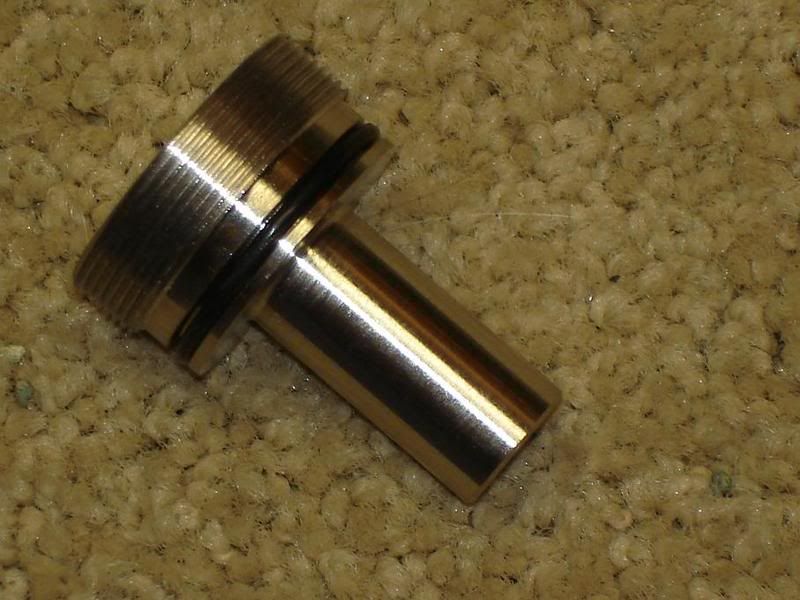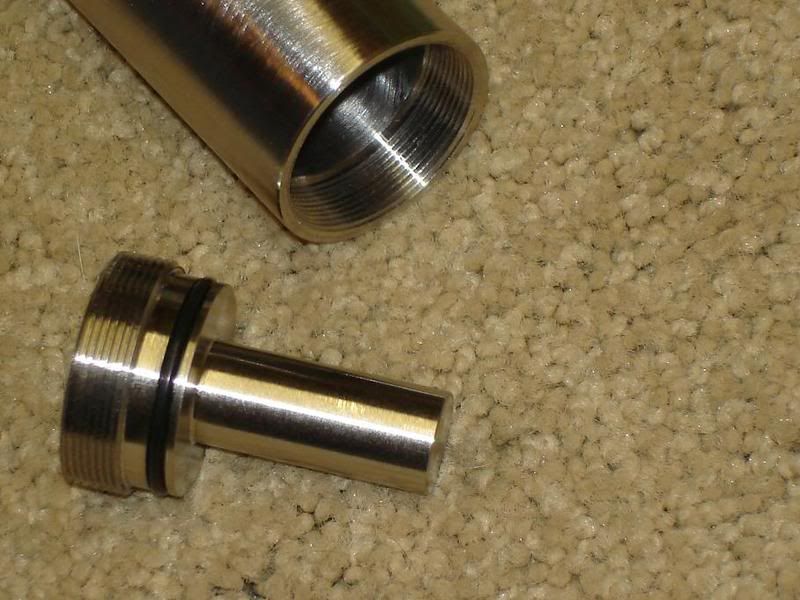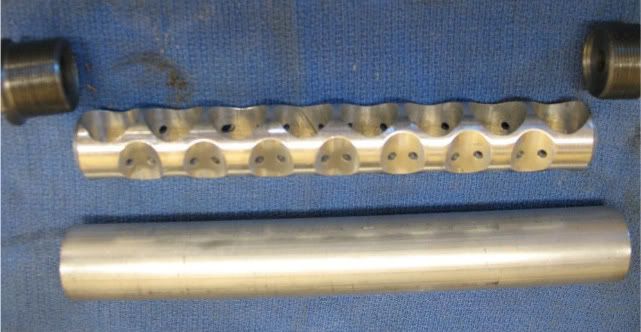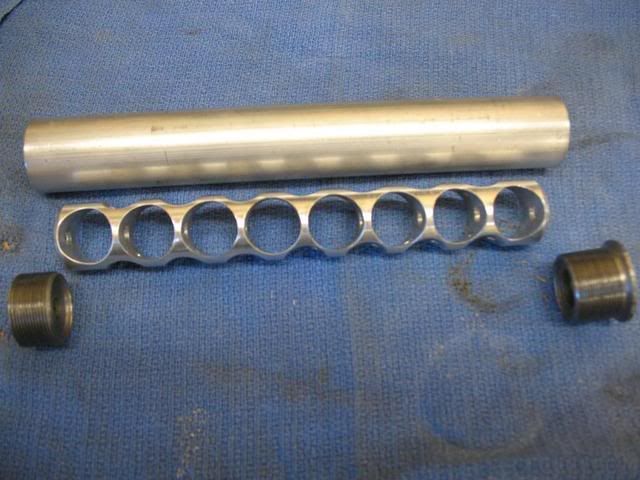Re: Internal threading question
I don't consider this an "argument" at all, and I hope you gent's don't see it that way. The only way I learn is to hear positions against my current position. I stick with my position until I am corrected with logic, and I do get corrected on a regular basis.

On this lathe, with a setting of 29.5, you are walking the tool away from the right side of the V-groove you are cutting, resulting in a V with a left side that is 30 degrees from perpendicular(since it will always be cutting) and a right side that would be 30.5 degrees from perpendicular if you take lots of small passes. What is really happening ot the right side of the V is that it is forming a stepped 30.5 degree side, depending on how large your cuts are. This should create a screwed up thread that is somewhere around 90.5 degrees with a stepped right side of the V.
The goal here is to form a V that matches the tool, but to give the tool an easier time doing it's work by not forcing two large chips into each other.
The proper way, as I understand it, is to let the left side do a full cut which can be accomplished with any compount setting so long as the tool travels left. As to the right side......the optimum if everything is perfect is to set the compound to 30 degrees and let the tool just float alongside the right side of the V. I assume that the left chip can cause problems as it scrapes the right side, and any variance in the setup or machine can cause an inconsistent right side of the V. Because of this, we want the right side of the tool to make a slight cut on the right side as it passes, resulting in a true V without forcing two huge chips into each other.
This is how I was taught, and it makes alot of sense to me.
On this lathe, 60.5 for a 60 degree thread, which is 29.5 degrees from perpendicular.
I don't consider this an "argument" at all, and I hope you gent's don't see it that way. The only way I learn is to hear positions against my current position. I stick with my position until I am corrected with logic, and I do get corrected on a regular basis.

On this lathe, with a setting of 29.5, you are walking the tool away from the right side of the V-groove you are cutting, resulting in a V with a left side that is 30 degrees from perpendicular(since it will always be cutting) and a right side that would be 30.5 degrees from perpendicular if you take lots of small passes. What is really happening ot the right side of the V is that it is forming a stepped 30.5 degree side, depending on how large your cuts are. This should create a screwed up thread that is somewhere around 90.5 degrees with a stepped right side of the V.
The goal here is to form a V that matches the tool, but to give the tool an easier time doing it's work by not forcing two large chips into each other.
The proper way, as I understand it, is to let the left side do a full cut which can be accomplished with any compount setting so long as the tool travels left. As to the right side......the optimum if everything is perfect is to set the compound to 30 degrees and let the tool just float alongside the right side of the V. I assume that the left chip can cause problems as it scrapes the right side, and any variance in the setup or machine can cause an inconsistent right side of the V. Because of this, we want the right side of the tool to make a slight cut on the right side as it passes, resulting in a true V without forcing two huge chips into each other.
This is how I was taught, and it makes alot of sense to me.
On this lathe, 60.5 for a 60 degree thread, which is 29.5 degrees from perpendicular.














